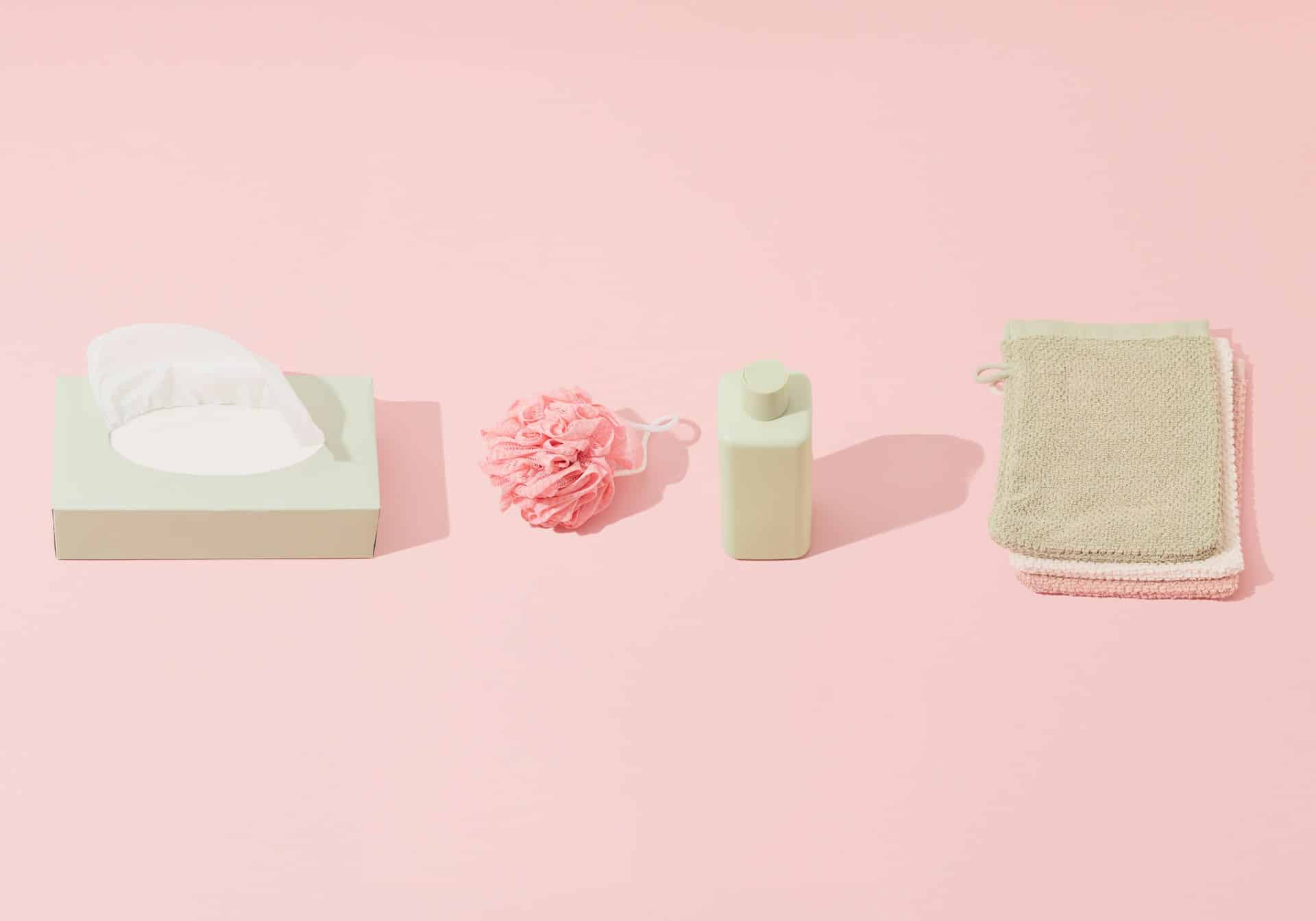If you’ve ever invested in high-quality skincare products only to feel like they’re not working as promised, the problem might not be the product—it could be the order you’re applying them. Layering skincare is both an art and a science, and doing it correctly ensures each formula works at its full potential.
Just like you wouldn’t put on a coat before your shirt, your skincare products need to be applied in a specific order to absorb properly and perform effectively. In this guide, we’ll break down the optimal layering process, why it matters, and how to adjust for different skin types and concerns.
Why Order Matters in Skincare
Your skin is your largest organ, and it has a protective barrier designed to keep harmful substances out while locking moisture in. The right application sequence works with your skin’s natural processes to maximize results. Apply products in the wrong order, and you risk diluting their potency, reducing absorption, or even causing irritation.
A general rule of thumb: go from lightest to heaviest textures. Lightweight, water-based products penetrate the skin more easily, while thicker creams and oils act as protective layers that seal in moisture.
Step 1: Cleanser — The Foundation of Every Routine
No matter your skin type, start with a gentle cleanser to remove dirt, oil, and impurities. In the morning, cleansing preps your skin for active ingredients. At night, it ensures makeup, SPF, and environmental buildup don’t interfere with your skincare.
- For dry or sensitive skin: Choose a cream or milk cleanser that hydrates while it cleans.
- For oily or acne-prone skin: A gentle foaming cleanser or gel cleanser works well.
At Vital Derm MD Skincare, we recommend dermatologist-tested cleansers that cleanse without stripping your skin barrier.
Step 2: Toner or Essence — Balancing and Prepping
Toners are no longer just alcohol-based liquids that dry out your skin. Today’s formulas hydrate, soothe, and restore pH balance after cleansing. Essences, popular in Korean skincare, are lightweight treatments that prep skin to better absorb serums.
Look for toners with ingredients like hyaluronic acid, glycerin, or niacinamide to provide an extra boost of hydration and skin barrier support.
Step 3: Treatment Serums — Targeting Concerns
This is where you customize your skincare based on your goals. Serums deliver concentrated active ingredients deep into the skin. Apply water-based serums before oil-based ones to ensure they absorb effectively.
Popular options include:
- Vitamin C serum — Brightens and protects against environmental damage.
- Hyaluronic acid serum — Deeply hydrates and plumps skin.
- Retinol or peptides — Smooth fine lines and support collagen production.
If you use multiple serums, apply them from thinnest to thickest texture, giving each a minute to absorb before layering the next.
Step 4: Eye Cream — Special Care for Delicate Skin
The skin around your eyes is thinner and more fragile than the rest of your face, so it deserves its own step. Tap eye cream gently with your ring finger to avoid tugging. Ingredients like caffeine help reduce puffiness, while peptides and hyaluronic acid hydrate and firm.
Step 5: Moisturizer — Locking in Hydration
A good moisturizer seals in all the hydration and active ingredients you’ve applied so far. Choose the formula that matches your skin type:
- Dry skin: Rich creams with shea butter or ceramides.
- Oily skin: Lightweight gels or water creams.
- Combination skin: A balancing moisturizer that hydrates without heaviness.
At Vital Derm MD Skincare, our moisturizers are carefully formulated to strengthen your skin barrier while providing lasting hydration.
Step 6: Sunscreen — Your Daily Non-Negotiable
In the morning, sunscreen is always your final step. It shields your skin from harmful UV rays that cause premature aging, hyperpigmentation, and even skin cancer. Dermatologists recommend broad-spectrum SPF 30 or higher, applied every morning and reapplied every two hours if you’re outdoors.
Mineral sunscreens with zinc oxide or titanium dioxide are especially good for sensitive skin.
Special Notes for Nighttime Routines
At night, replace sunscreen with nourishing treatments like retinol, richer moisturizers, or overnight masks. Nighttime is when your skin repairs itself, so this is the best time for restorative products.
How to Layer When You Have Multiple Actives
If you’re using several potent ingredients like retinol, vitamin C, and acids, you’ll need to be strategic.
- Use vitamin C in the morning for antioxidant protection.
- Use retinol at night to boost cell turnover.
- Use exfoliating acids (AHA/BHA) only a few times per week, and never on the same night as retinol.
This prevents over-exfoliation and keeps your skin barrier healthy.
Common Layering Mistakes to Avoid
- Applying oils before serums — Oils block serums from penetrating.
- Skipping sunscreen after actives — Increases risk of irritation and damage.
- Rushing through steps — Give products time to absorb.
- Using too many actives at once — Can cause redness and peeling.
Adapting Layering for Skin Types
For Dry Skin:
Layer hydrating products generously and seal with a nourishing cream. Incorporate hydrating masks weekly.
For Oily Skin:
Opt for lightweight serums and gel moisturizers. Avoid overly rich formulas that can clog pores.
For Sensitive Skin:
Stick to minimal actives and prioritize soothing, fragrance-free formulas. Always patch test new products.
The Bottom Line
Layering skincare products in the right order is essential for maximizing their benefits. When done correctly, it ensures every ingredient can work as intended, giving you healthier, more radiant skin.
If you want personalized recommendations for building your perfect routine, visit Vital Derm MD Skincare or reach out via our Contact Page. You can also connect with us on Facebook for expert tips and new product launches.






